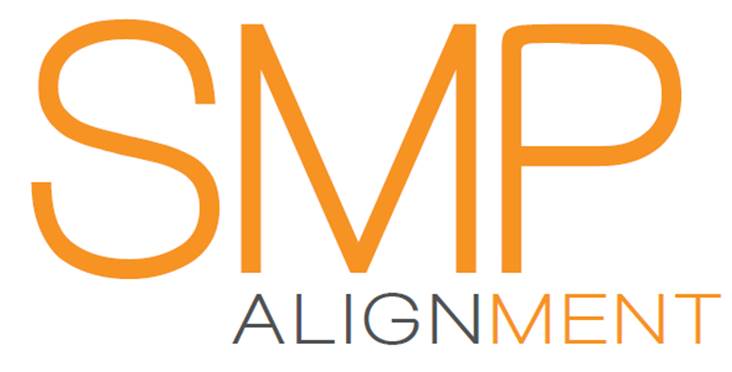V = I x R. To electricians, this is old news. To those who forgot or never learned, V = I x R is known as Ohm’s law and it describes the relationship between voltage (V), current (I), and resistance (R) in an electricity context. Rearranging this equation, it is also true that I = V/R.
How is this a business insight? Hang in there…
Resistance (R) translated from electricity lingo to everyday language is not a big gap. There is at least some resistance to any transaction – unawareness, distrust, disbelief, risk aversion, lack of budget, complacency, and so on – that will slow down or even stop a deal. Minimizing these hindrances will naturally do the opposite.
Think of voltage (V) as the potential difference between a prospective customer’s current state and a more desirable future state, one that at least YOU believe will be achieved from investing in your offer.
To the electrician, current (I) is the amount of charged particles that move through a conductor. In this case, let’s substitute “charged particles” for “money.” Let’s also substitute “conductor” for “the connection between your bank account and that of a customer.”
Now we have a handy way for evaluating the relationship between a company’s revenue flow (I), the benefits it provides to customers relative to other circuit traces (V), and resistance (R) caused by subpar commercial operations.
If the buyer’s journey has more friction (R) than it’s worth (V), there is no transaction (I)
If the potential benefits (V) are great enough, the resistance (R) can be quite high and there may still be a transaction (I)
When potential benefits (V) are great and the resistance (R) is low, transactions ($) are high
It’s electric! Boogie woogie, woogie. (https://www.youtube.com/watch?v=eYlZs3-w_Eg)

